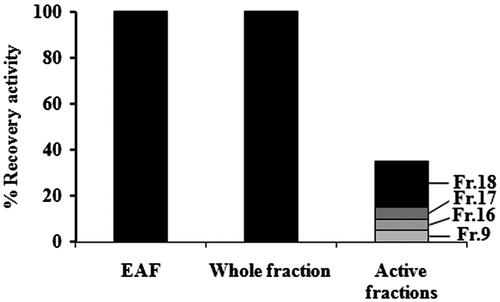Figures & data
Table 1. Bacteria used in in vitro antibacterial study.
Table 2. MIC of the extracts and the standard drugs.
Figure 1. Survival of silkworms injected with the sequentially fractionated extracts of S. grandiflora bark from hexane (HXF) (▪), chloroform (CFF) (▴), and ethyl acetate (EAF) (•). After injection, all silkworms were kept at 27 °C for 24 h. Numbers of surviving silkworms were counted.
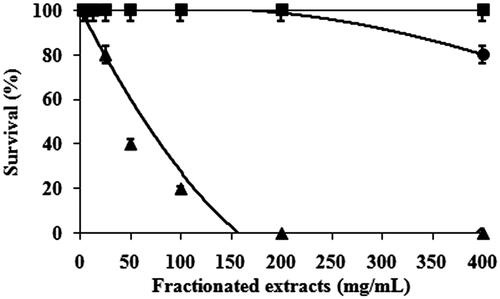
Figure 2. Survival curve of silkworms infected with S. aureus and injected with saline (▪), 95 μg of EAF (•), and 5 μg of vancomycin (▴). Significant difference was determined by log-rank test (p < 0.05).
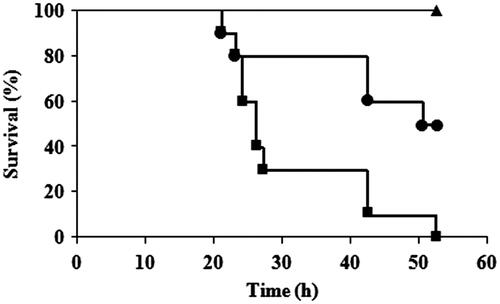
Figure 3. Qualitative HPLC chromatogram of EAF (A) and standard gallic acid (B), detected at 280 nm.
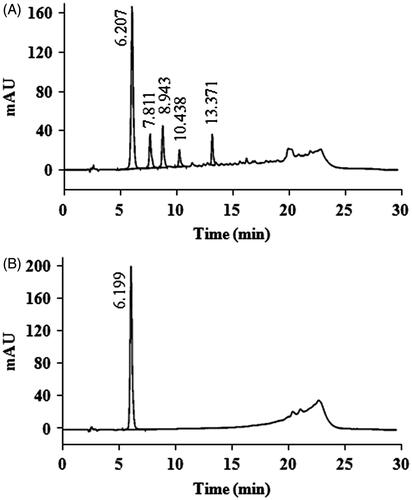
Figure 4. Preparative HPLC consequences of the EAF detected at 210 nm and antibacterial activity of each 2-min eluent fraction. The line represents the intensity of peaks (left axis) whereas the column represents antibacterial activity (right axis).
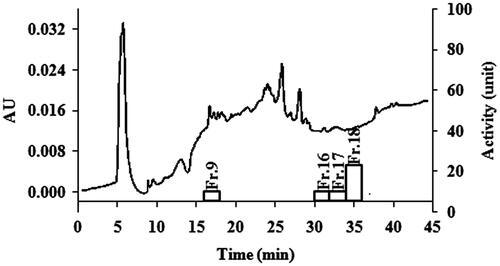
Figure 5. Antibacterial activity of EAF (unseparated extract), whole fraction (total of eluent fractions which were separated from EAF), and different active fractions from the preparative HPLC; fraction 9 (Fr.9), fraction 16 (Fr.16), fraction 17 (Fr.17), and fraction 18 (Fr.18) (getting individually each 2 min eluent fractions which separated from EAF).
